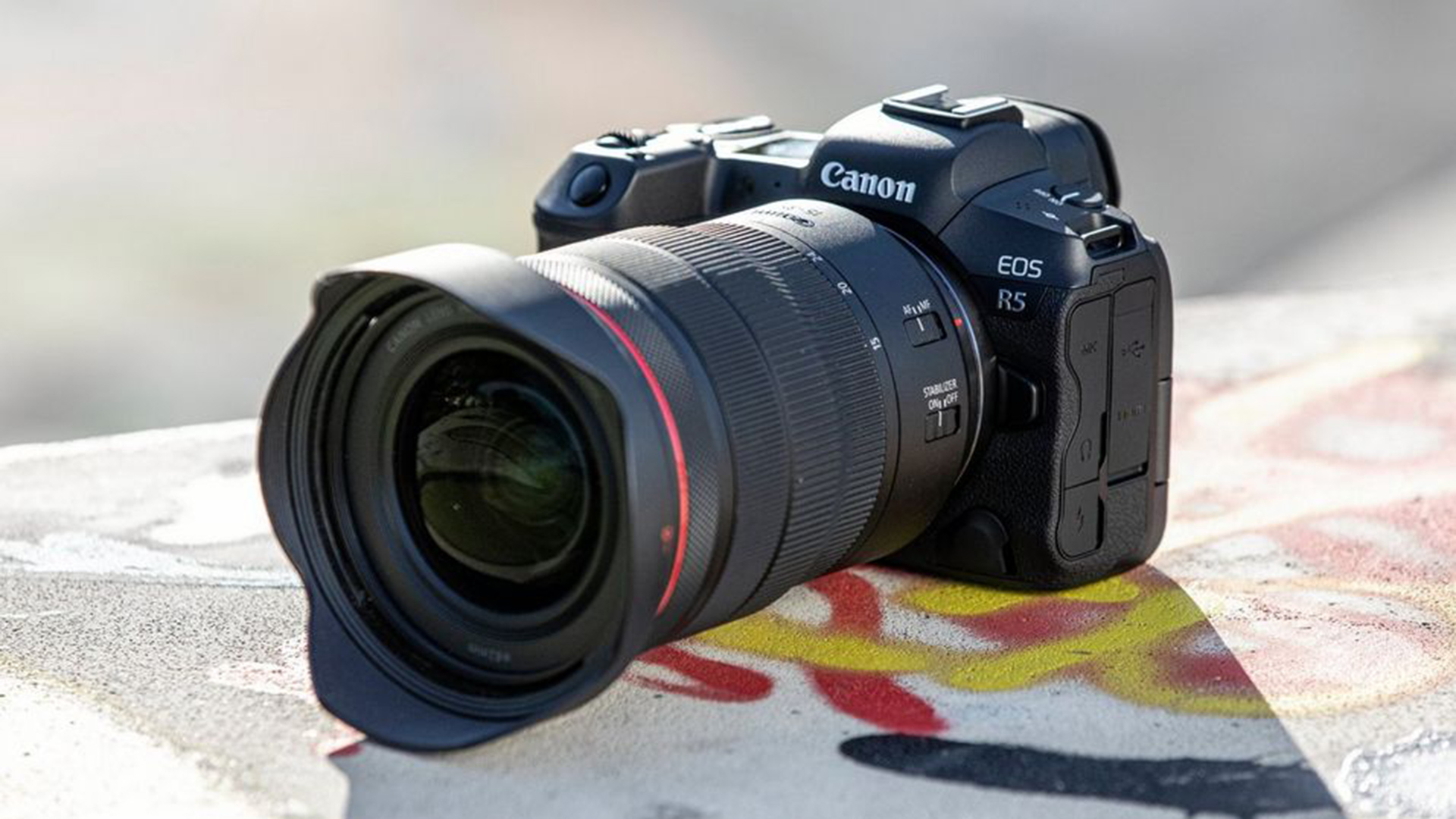
Canon's new R5 has come under intense scrutiny recently due to officially acknowledged thermal limitations. Should you really be that concerned?

Image: Canon.
It was always going to be a tall ask to get a small camera body to process 8K footage without some sort of active cooling system. But the Canon R5 has no such mechanism. We recently received an official statement from Canon, which said the following,
"At the highest frame rates and resolutions, heat is generated because of the best-in-class resolution, frame rate and autofocus capability, which can limit continuous recording times.
Several steps have been taken to manage this; magnesium alloy is used in the body to dissipate heat away from internal components and there is an ‘overheat control’ function to reduce heat generation when the camera is in standby. To maintain the level of weather sealing and retain a compact design, an internal fan has not been installed.
Before recording starts, EOS R5 and EOS R6 display an estimate of the recordable time based on the current camera temperature and the set recording mode. Approximate recording and recovery times for 23°C / 73°F environments are available so that customers will be able to decide how to best utilise each mode."
EOS R5 overheating - Should we really be worried?
The answer to that question is, I'm afraid, 'it depends'. In other words whether the thermal issue will affect you or not will depend entirely on the type of shooting you do.
If long form interviews are your thing, or fly on the wall documentary, then clearly thermal issues like this will be problematic. However what most filmmakers need to remember is that the vast majority of people do not generally film in 20 minute blocks. In fact most of us film in blocks of several seconds, gathering establishing shots, GVs and cutaways. B-roll will always be a huge part of what we do.
For fictional work takes are usually pretty short, too. Most dialogue scenes are pretty short in all be exceptional circumstances.
Yes, I know, you can't do long interviews. If you do, then this is not the camera for you. But if you generally record in short blocks, say for promo videos, then this camera may be a useful tool for you. What isn't clear is how well the camera performs with regard to thermal performance under those scenarios.
What I would say is that until more people have used the camera in different types of real world scenarios (ie paid jobs), we won't know fully how these issues truly affect users.
This is why RedShark has not jumped upon the bandwagon of criticism that is being levelled at the R5. In these situations a calm head is needed, and real world, practical evaluation required. Canon has been very open about the limitations. If this had been covered up, then criticism might be warranted. As it is, the company has openly acknowledged and advised on best practices for the camera's use.
On a more positive note, we do know that the camera can output oversampled 4K to Atomos recorders. It would appear that no matter what camera you use, an external recording system has become an integral, and essential part of anyone's filming kit.
Tags: Production


Comments